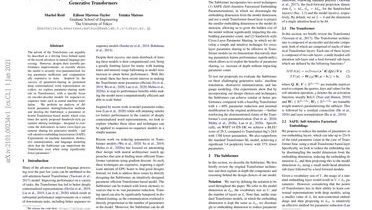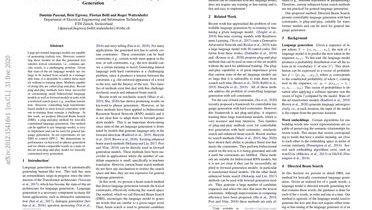GPT-3 THE NEXT BIG THING! Foundation of Future?
This article was published as a part of the Data Science Blogathon. Introduction Did you ever have a thought or a wish that you just wanted to write two lines of an essay or a journal and the computer just wrote the rest for you? If yes, then GPT-3 is the answer for you. Baffled? So are the people who got their hands on the GPT-3. Every field in AI is making advancements and NLP & Deep learning are such […]
Read more




